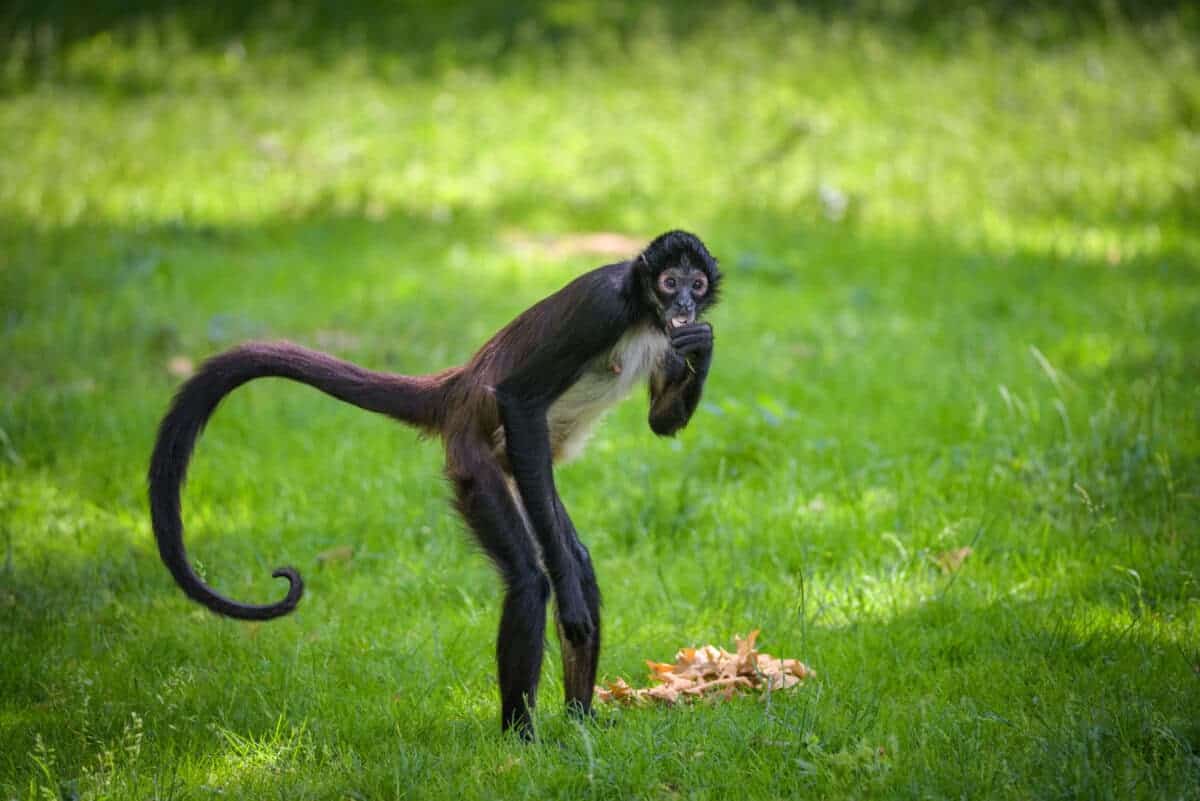Spider monkeys, with their graceful movements and prehensile tails, epitomize the epitome of agility and adaptability in the animal kingdom. Found predominantly in the lush rainforests of Central and South America, these arboreal acrobats possess a myriad of unique traits that set them apart from their primate counterparts. In this article, we delve into the fascinating world of spider monkeys, exploring their habitat, distinctive characteristics, lifespan, and dietary habits.
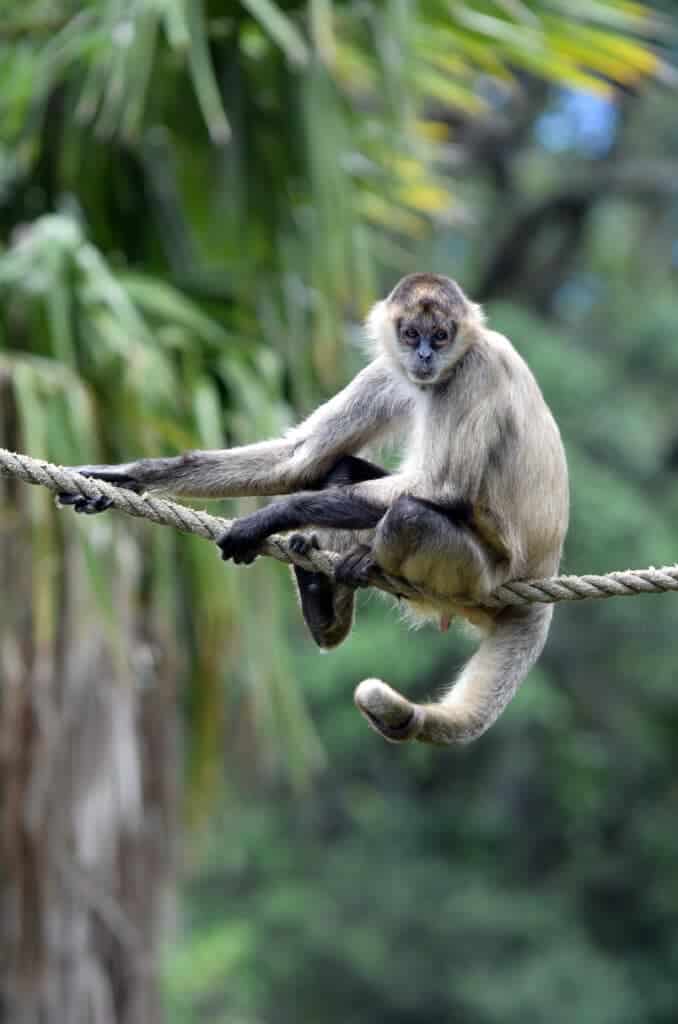
Unique Characteristics of Spider Monkeys:
One of the most distinguishing features of spider monkeys is their long, slender limbs and prehensile tails, which serve as multifunctional appendages for locomotion, gripping branches, and even manipulating objects. This prehensile tail acts as an extra limb, allowing spider monkeys to swing effortlessly from tree to tree, earning them the moniker of “spider” monkeys due to their spider-like movements. Furthermore, they’re characterized by their expressive faces and keen social intelligence, forming close-knit groups known as troops that exhibit complex social dynamics.
Habitat and Distribution:
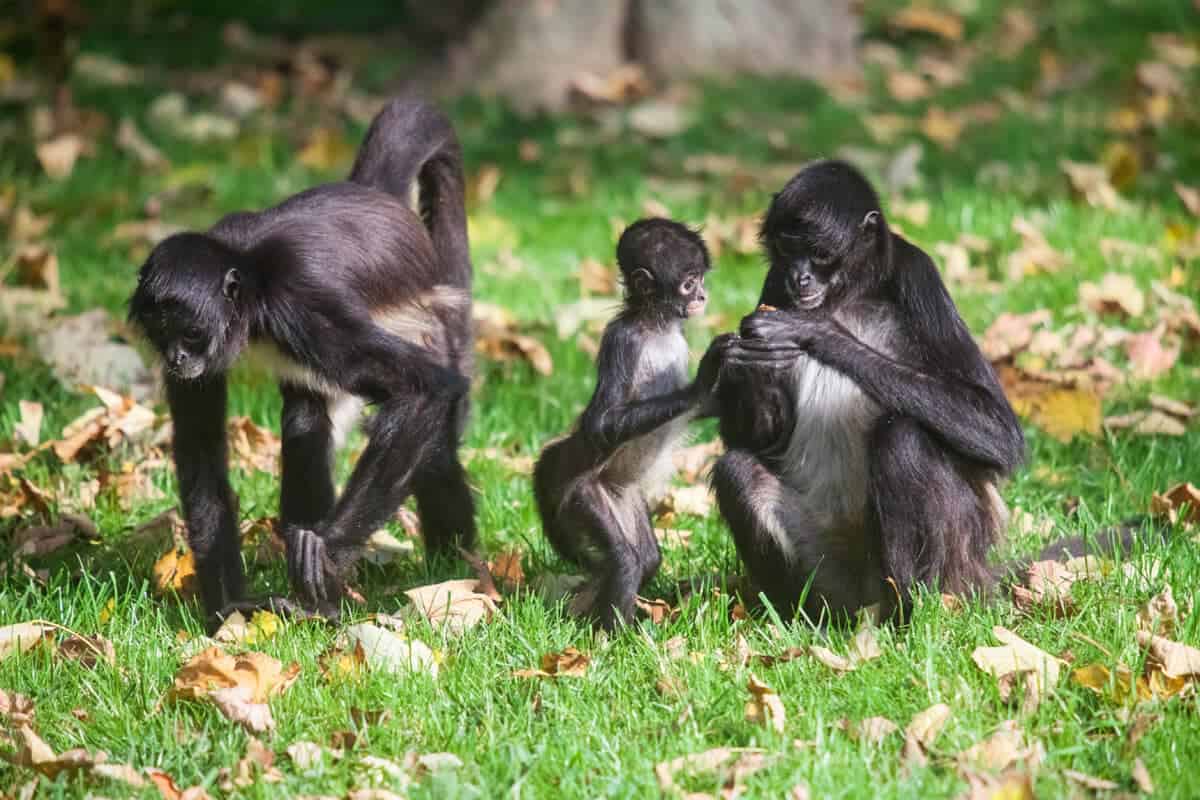
Spider monkeys are primarily denizens of the dense, tropical rainforests of Central and South America, where they inhabit the upper canopy layers with remarkable dexterity. From the steamy jungles of the Amazon basin to the misty cloud forests of Central America, these agile primates have adapted to a variety of forest ecosystems. Their range extends from Mexico in the north to Brazil in the south, encompassing countries like Belize, Guatemala, Honduras, Nicaragua, Costa Rica, Panama, Colombia, Venezuela, and Ecuador.
Average Lifespan:
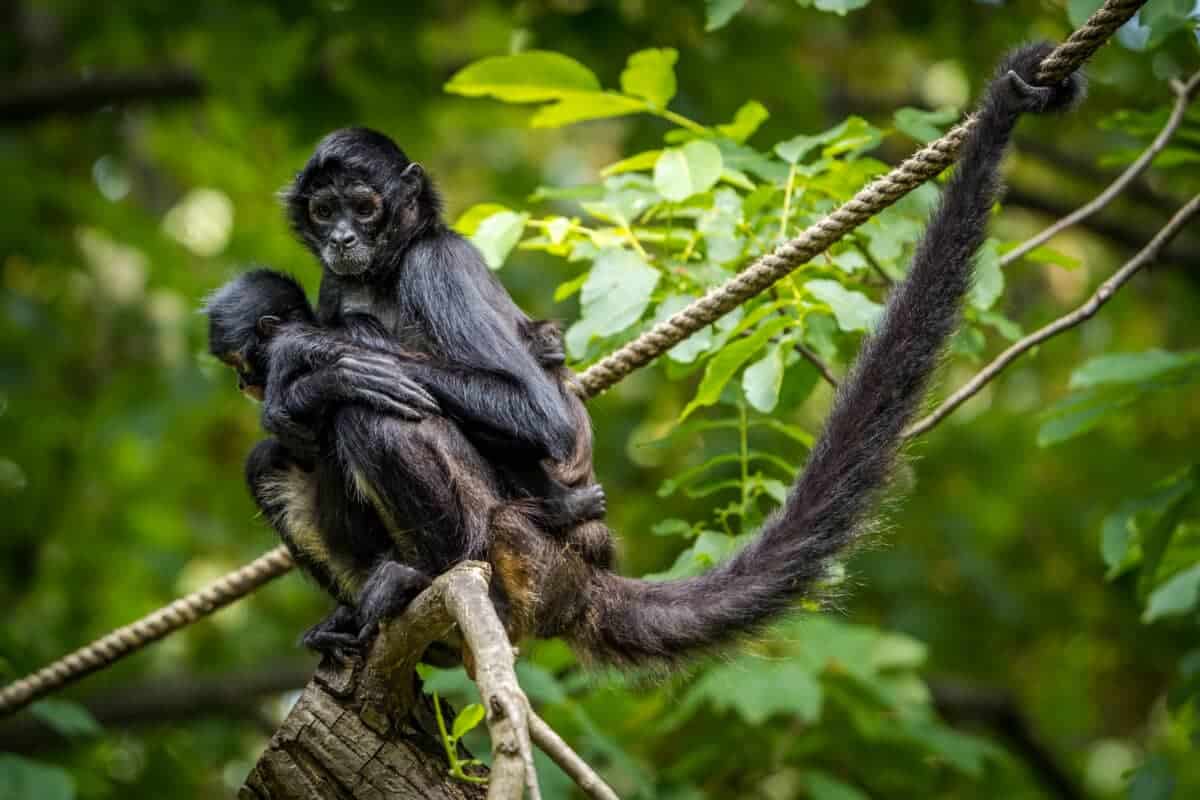
In the wild, they typically live for around 20 to 25 years, although individuals in captivity may live longer due to reduced predation risk and access to veterinary care. Factors such as habitat loss, hunting, and fragmentation of forested areas can impact the lifespan of spider monkeys in the wild, underscoring the importance of conservation efforts to safeguard their natural habitats.
Dietary Habits of Spider Monkeys:
Spider monkeys are primarily frugivorous, meaning they primarily consume fruits, supplemented with leaves, seeds, flowers, and occasional insects. Their diet varies seasonally and depending on the availability of food resources within their habitat. Fruits rich in sugars and carbohydrates are particularly favored, providing them with the energy needed for their arboreal lifestyle. Interestingly, they play a crucial role in seed dispersal within their ecosystems, as undigested seeds from fruits they consume are dispersed across the forest floor, aiding in the regeneration of plant communities.
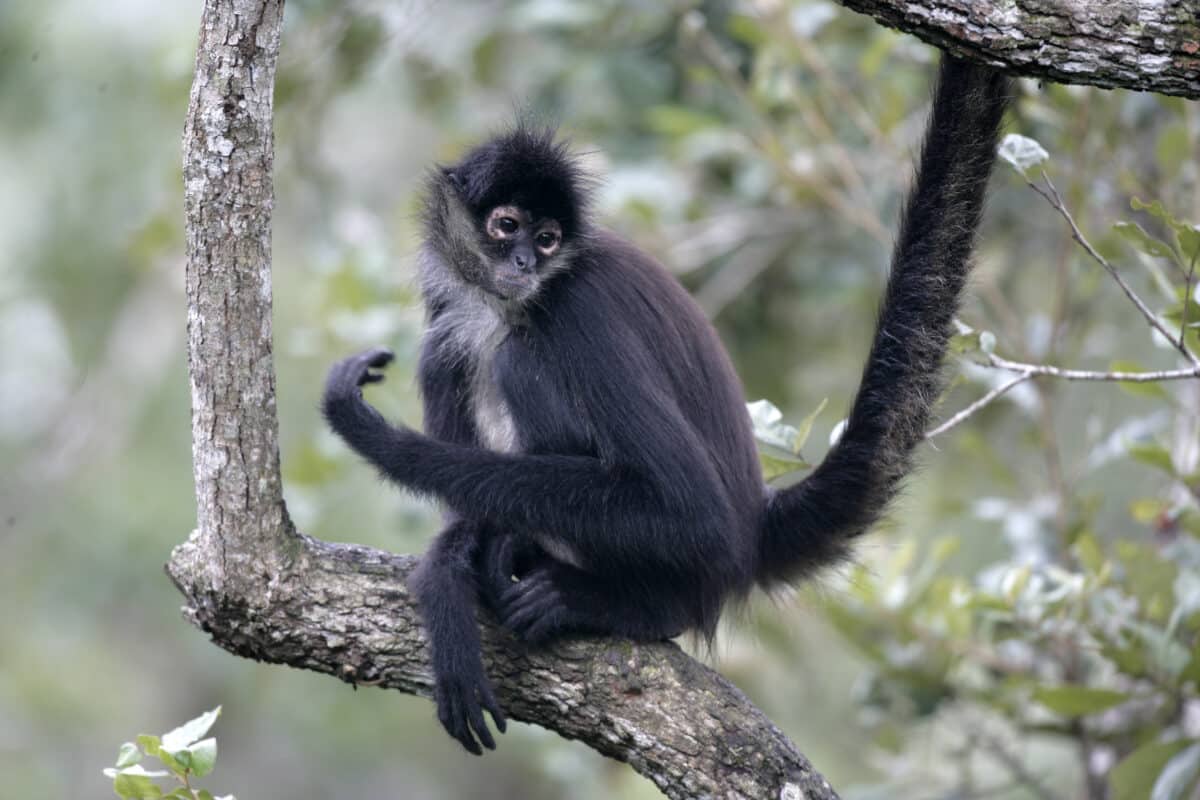
Spider monkeys, with their arboreal prowess and charismatic personalities, epitomize the beauty and complexity of tropical rainforest ecosystems. From their agile movements high in the forest canopy to their role as seed dispersers, spider monkeys play an integral role in maintaining the health and diversity of their habitats. As we continue to grapple with the challenges of habitat destruction and conservation, it is imperative that we recognize and protect these captivating primates, ensuring their survival for generations to come.
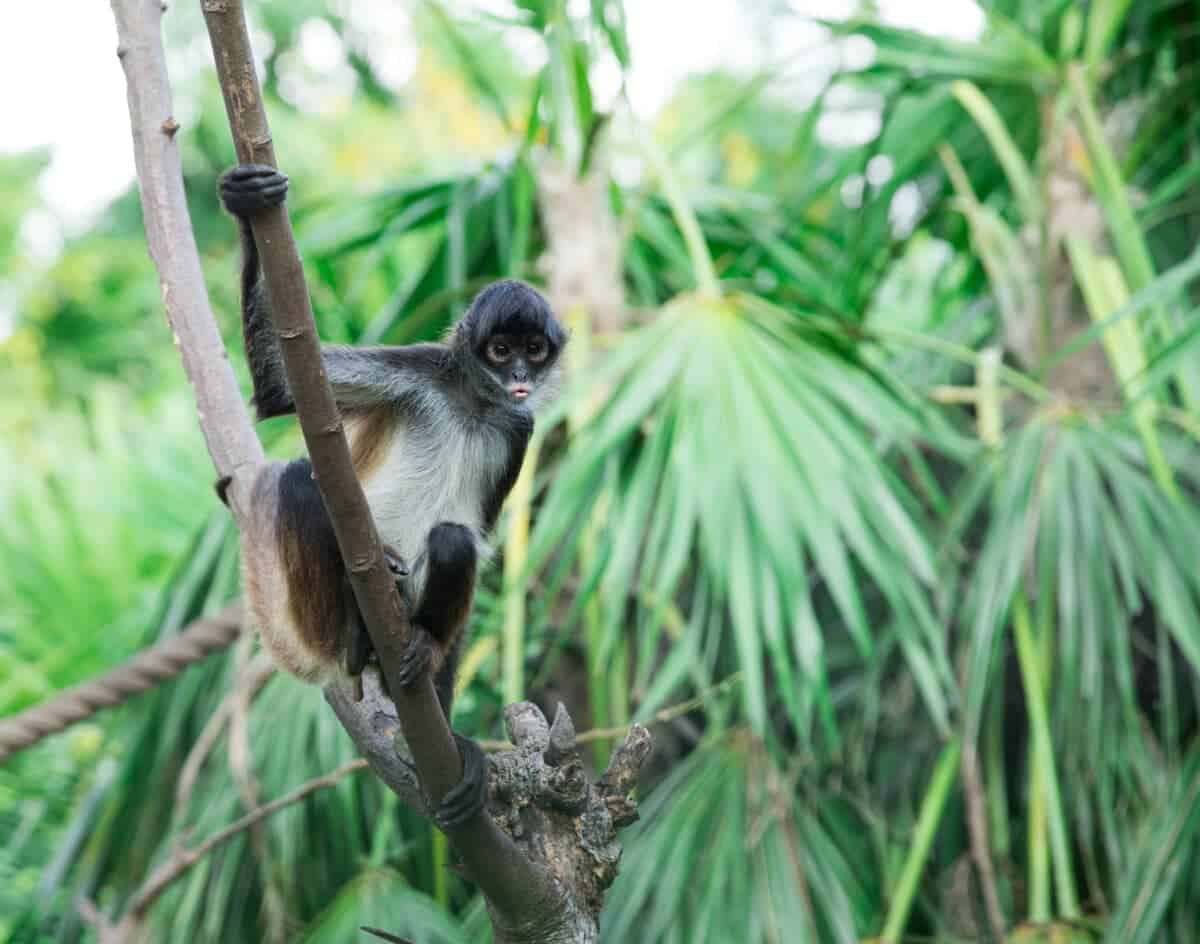
If you liked this piece, you may enjoy these:
Join our Forum for free today!

- Second American Killed by Elephant in Zambia This Year - July 22, 2024
- Elderly Man Kills Grizzly Bear in Montana - July 22, 2024
- Missing Cat Found Weeks Later, 40 Miles Away - July 21, 2024

